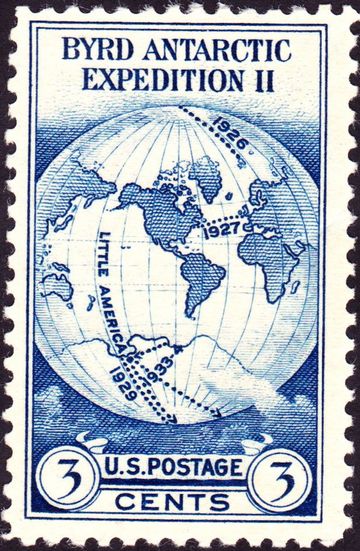








A brief history of Richard Byrd  On 8 June 1912, Byrd graduated from the Naval Academy and was commissioned an ensign in the United States Navy. On 14 July 1912, he was assigned to the battleship USS Wyoming and was later assigned to the gunboat USS Dolphin. Byrd served on active duty during the First World War. He had the foresight to realize that aviation was going to expand rapidly in the next few years. Byrd volunteered to become a naval aviator, took flying lessons and earned his pilot wings in August 1917.  On 9 May 1926, Byrd and Navy Chief Aviation Pilot Floyd Bennett attempted a flight over the North Pole in a Fokker F.VIIa/3m Tri-motor monoplane named Josephine Ford, after the daughter of Ford Motor Company president Edsel Ford, who helped finance the expedition. The flight went from Spitsbergen (Svalbard) and back to its take-off airfield, lasting fifteen hours and fifty-seven minutes, including 13 minutes of circling the pole.  Photographic expeditions and geological surveys were undertaken for the duration of that summer and constant radio communications were maintained with the outside world. After their first winter, their expeditions were resumed and on 28 November 1929, the first flight to the South Pole and back was launched. Byrd, along with pilot Bernt Balchen, co-pilot/radioman Harold June and photographer Ashley McKinley, flew the Ford Trimotor to the South Pole and back in 18 hours, 41 minutes. They had difficulty gaining enough altitude and they had to dump empty gas tanks, as well as their emergency supplies, in order to achieve the altitude of the Polar Plateau, but they were ultimately successful. Bird passed away on 11 March 1957 www.youtube.com/channel/UCCuRVZAGodT6sztTeXBGeMw and subscribe to our YouTube channel  |
    |
 |
 |

Copyright © Pilot's Post PTY Ltd
The information, views and opinions by the authors contributing to Pilot's Post are not necessarily those of the editor or other writers at Pilot's Post.